52 Weeks of Inspiring Illustrations, Week 20: Excursions daguerriennes (1842)
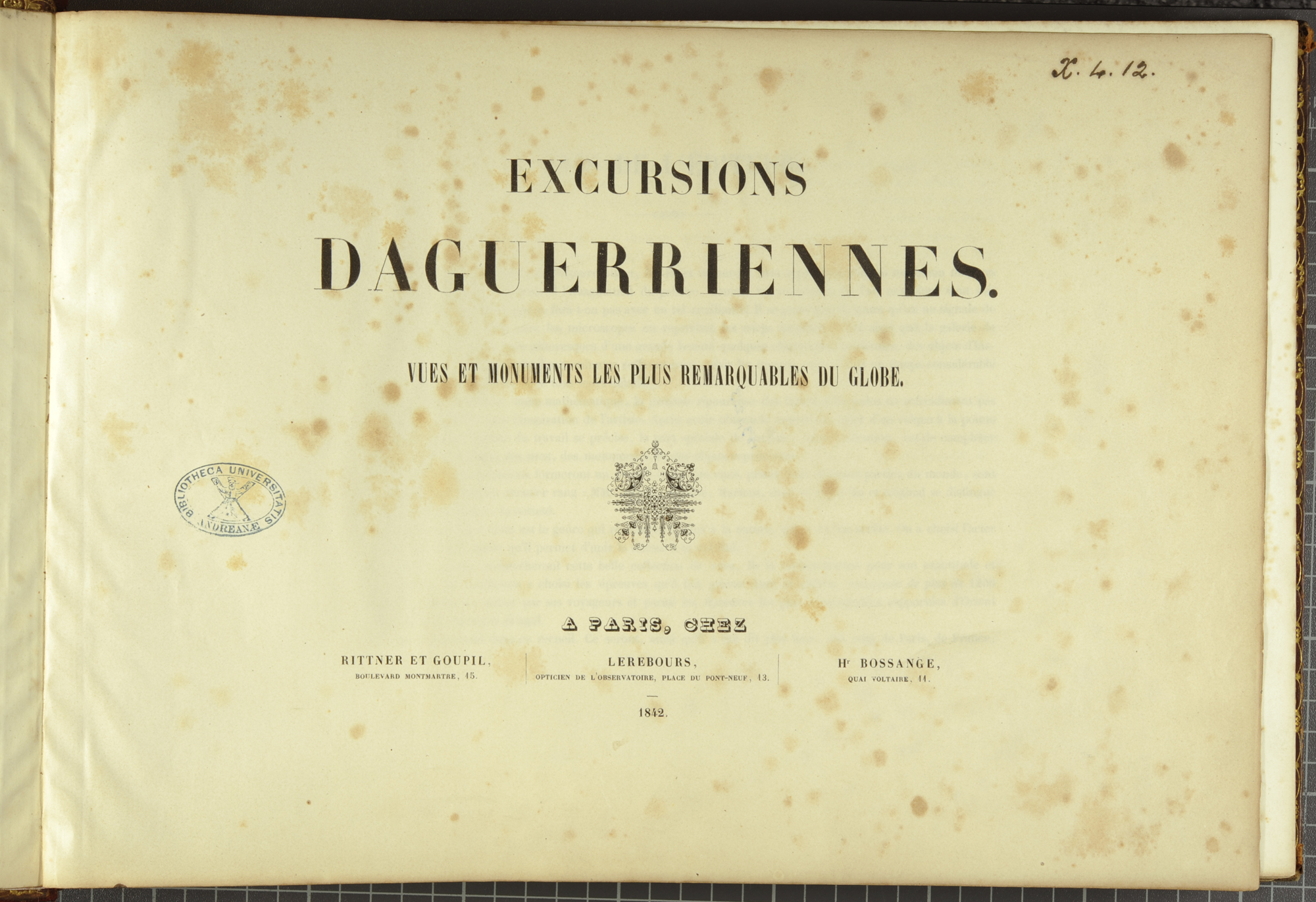
This week’s illustration post is a wonderful blend of the earlier photographic and the highly skilled engraving arts of the 19th century. The beautiful engravings on display here are the result of the labour of Parisian optician and early daguerréotypiste Noël Marie Paymal Lerebours. Lerebours operated an optical shop with partner Marc Secretan at the Pont-Neuf, creating lenses and other optical equipment for astronomical instruments. Being an optician in Paris at the turn of the 1840s, Lerebours naturally got caught up in the new photography craze and became an avid photographer.
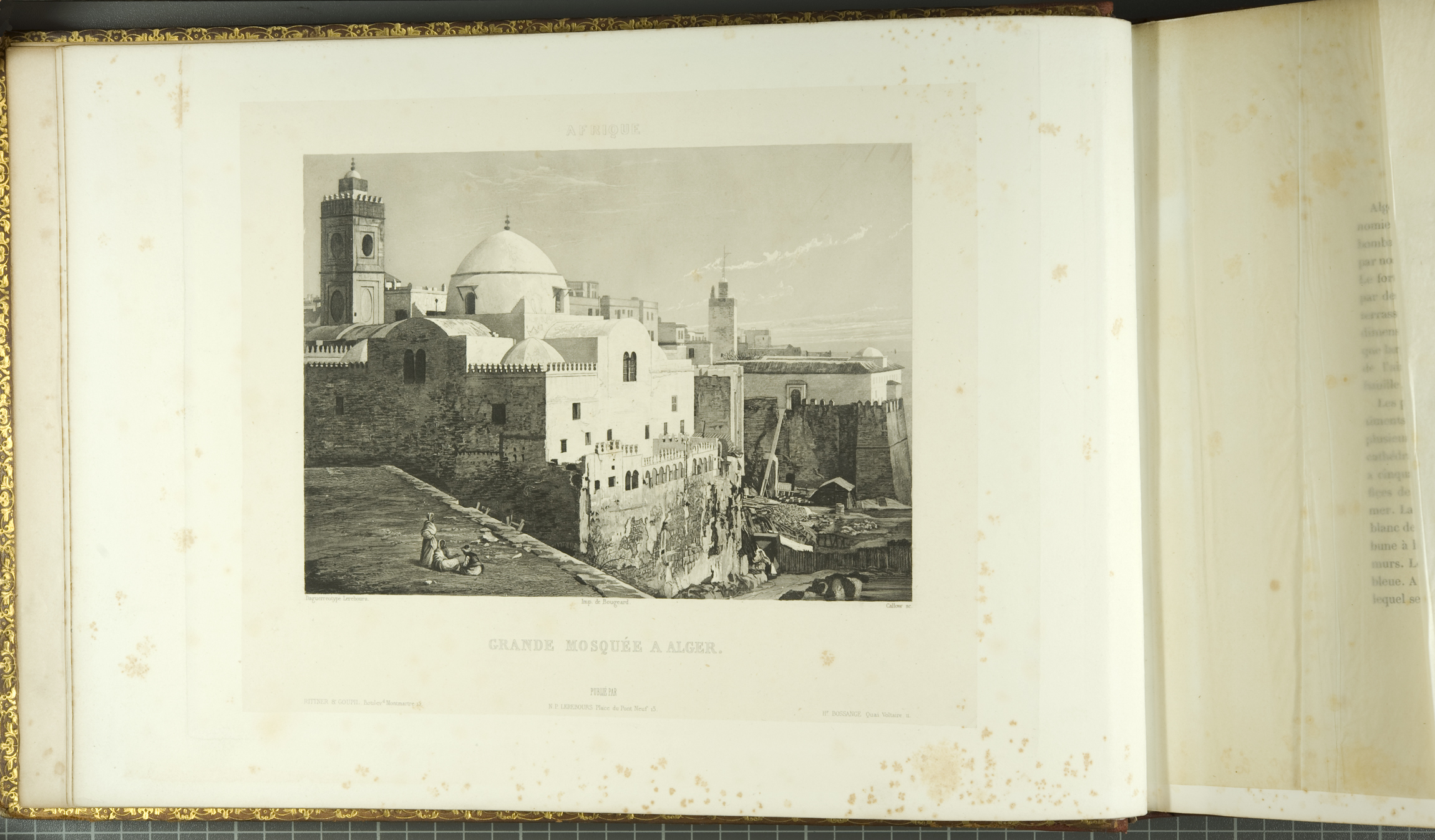
Excursions daguerriennes: vues et monuments les plus remarquables du globe, on display here, was the result of Lerebours first attempts at trying to reproduce a daguerreotype image. Daguerreotypes were not reproduceable because they created an image in a direct positive onto a silvered copper plate. This unique nature of the daguerreotype acted as a barrier to the reproduction of these images on a large scale.
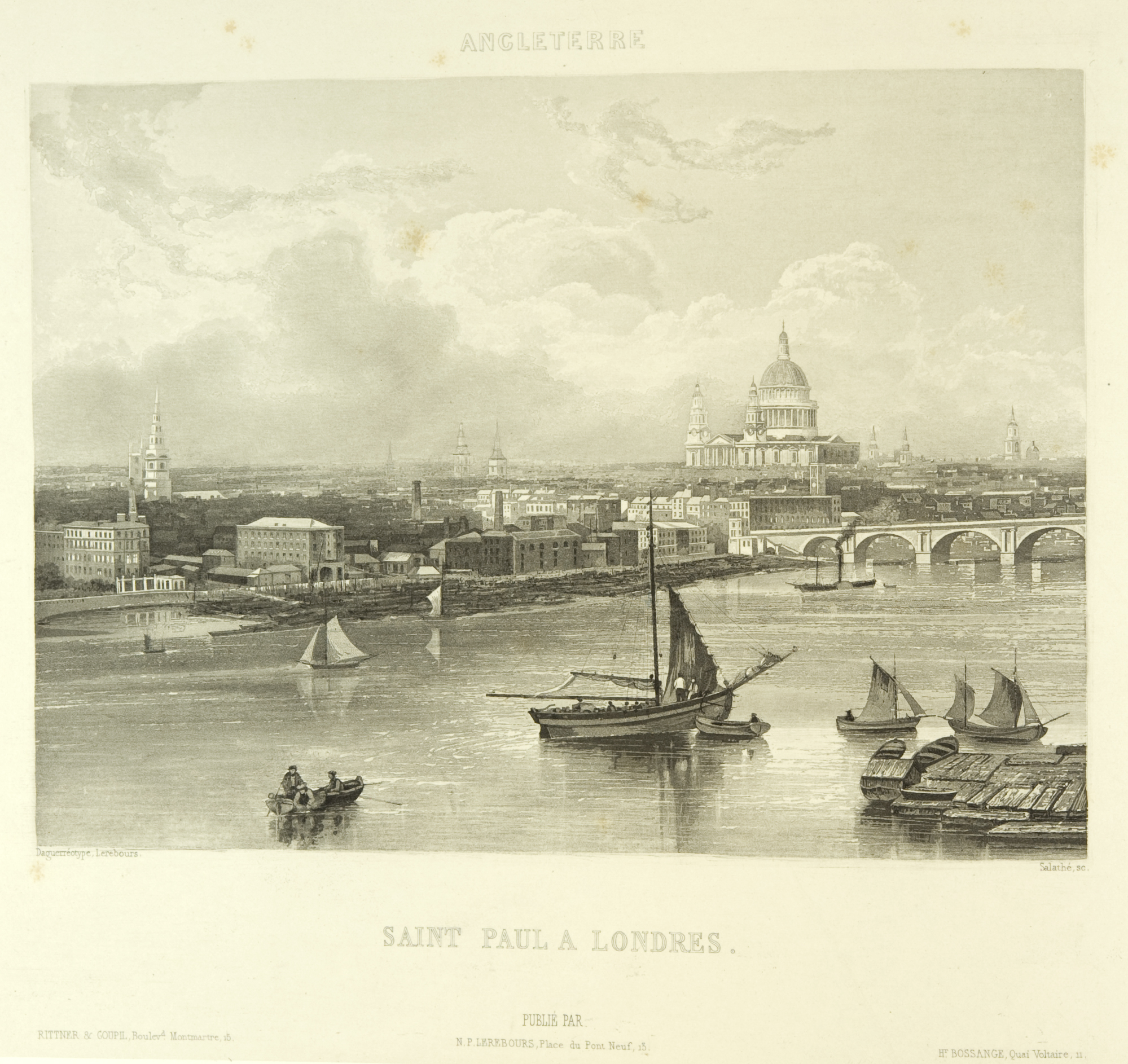
For his Excursions daguerriennes, Lerebours wanted to put on display the amazing images being captured by early photographers and so lithographs or engravings were done for this book made from original daguerreotypes collected. These engravings were done by Frédéric Goupil-Fesquet and Frédéric Martens by a process developed by Lerebours’ friend Hippolyte Fizeau.
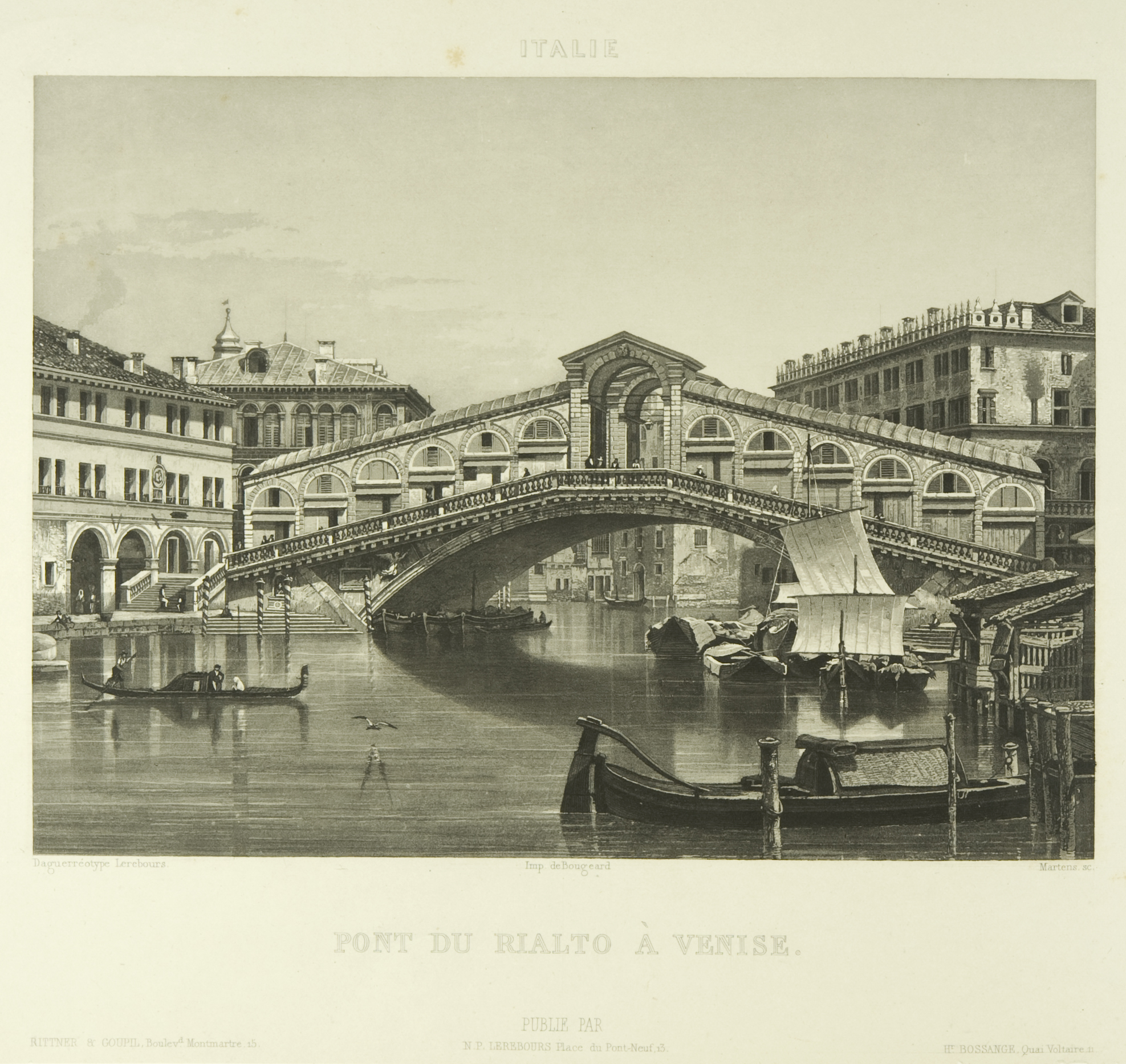
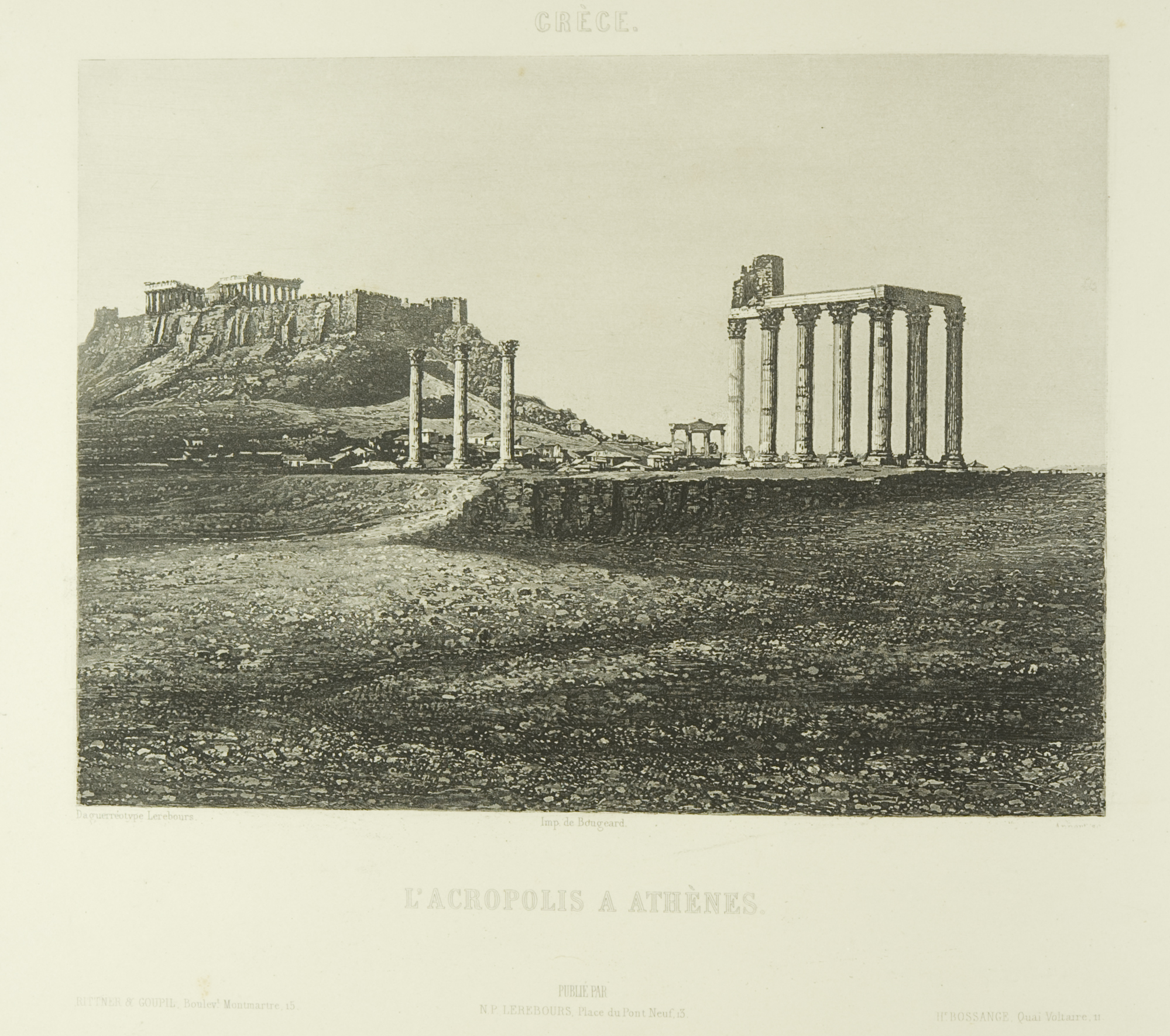
Lerebours sold the equipment and taught this process to a number of daguerreotypists who in return would send back daguerreotypes from around the world. Antoine Claudet, the first professional daguerreotypist in England, was from Lyon and knew Lerebours well; he passed H.L. Pattinson’s view of Niagara Falls (below) on to Lerebours for publication in Excursions daguerriennes.
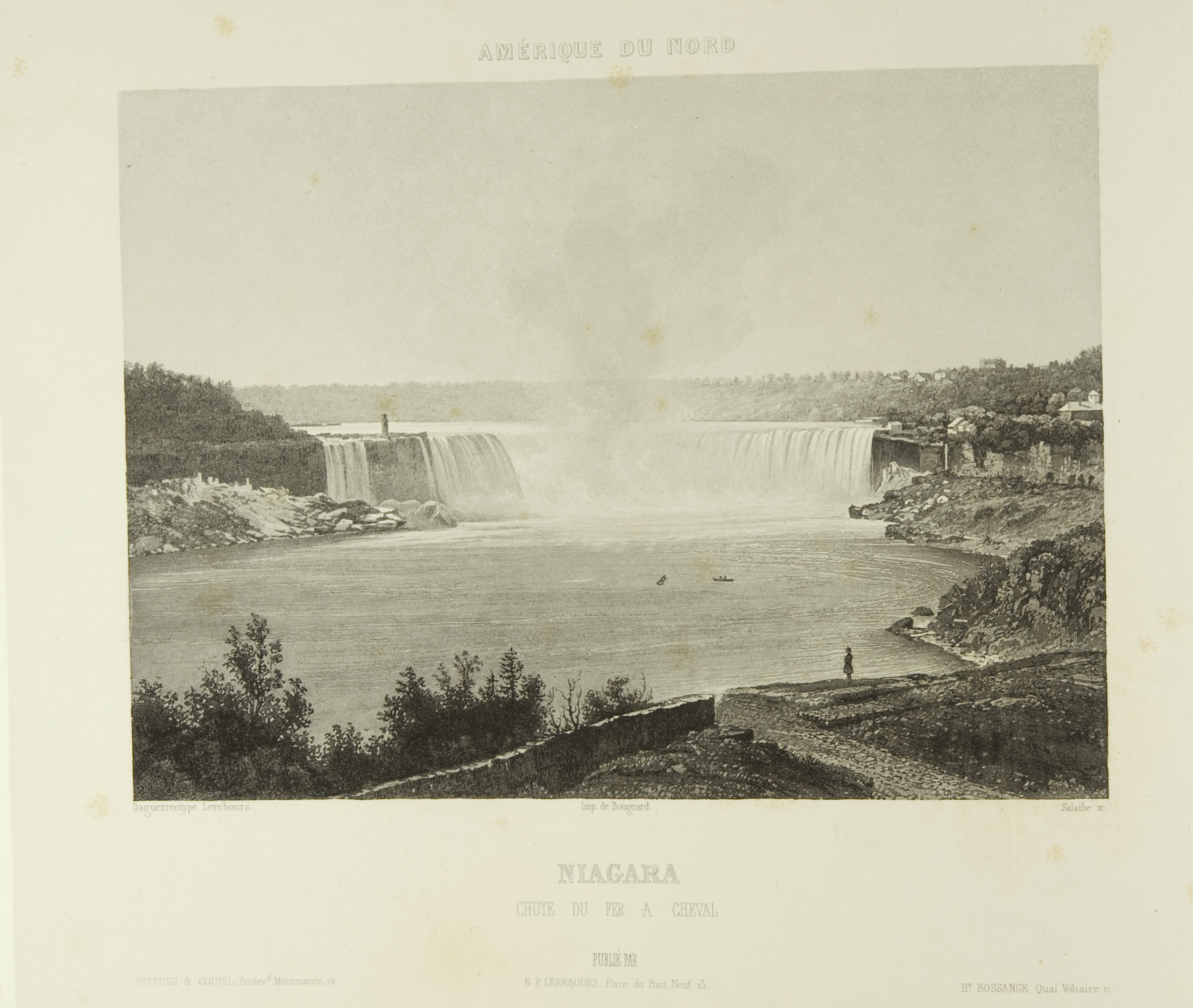
The results of the work of these photographers and engravers are some of the most photo-realistic engravings that I have seen. Many of these engravings at first glance look like black and white photographs, their depth of focus and detail in darkness truly fools the eye. The engravers did take some liberties with the original photographs, inserting in characters and animals for scale. These elements are often the only initial clue that what you are looking at is not photographic in nature.
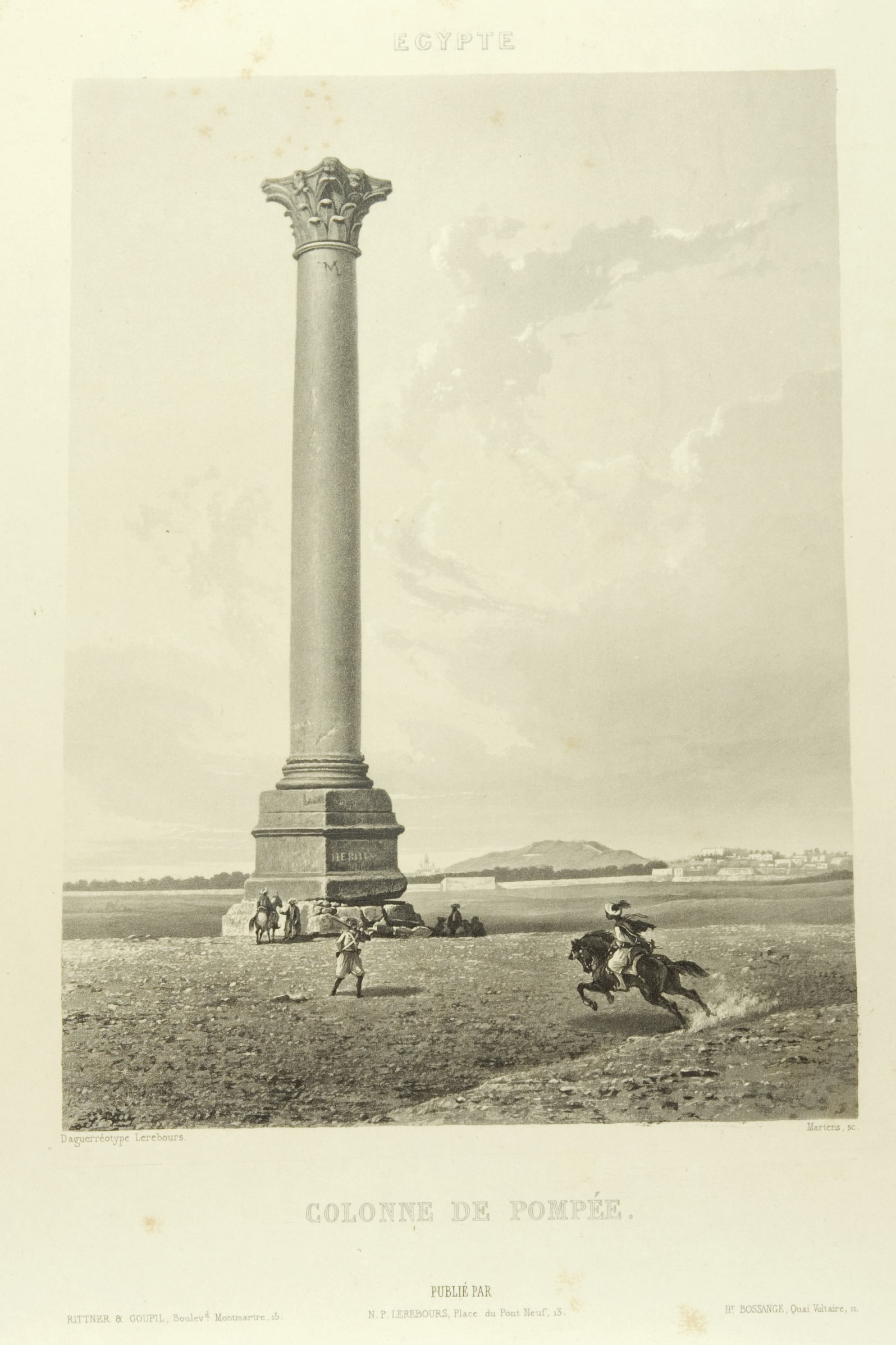
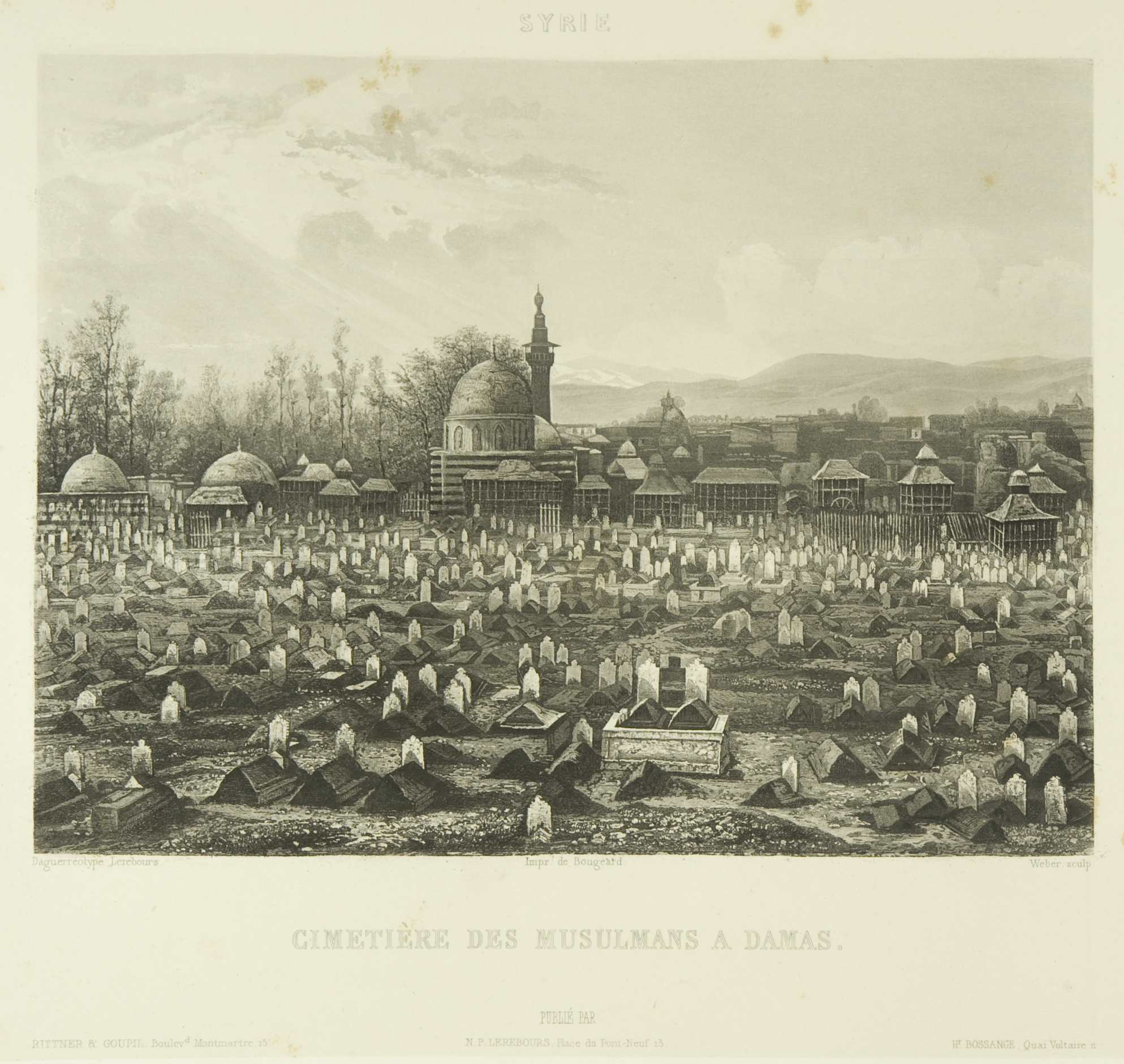
My favourite of this set of engravings has to be this image of the Alhambra in Granada (below). The depth of detail found in the shadows of this engraving are only matched by the engravings of Gustave Doré’s finest works.
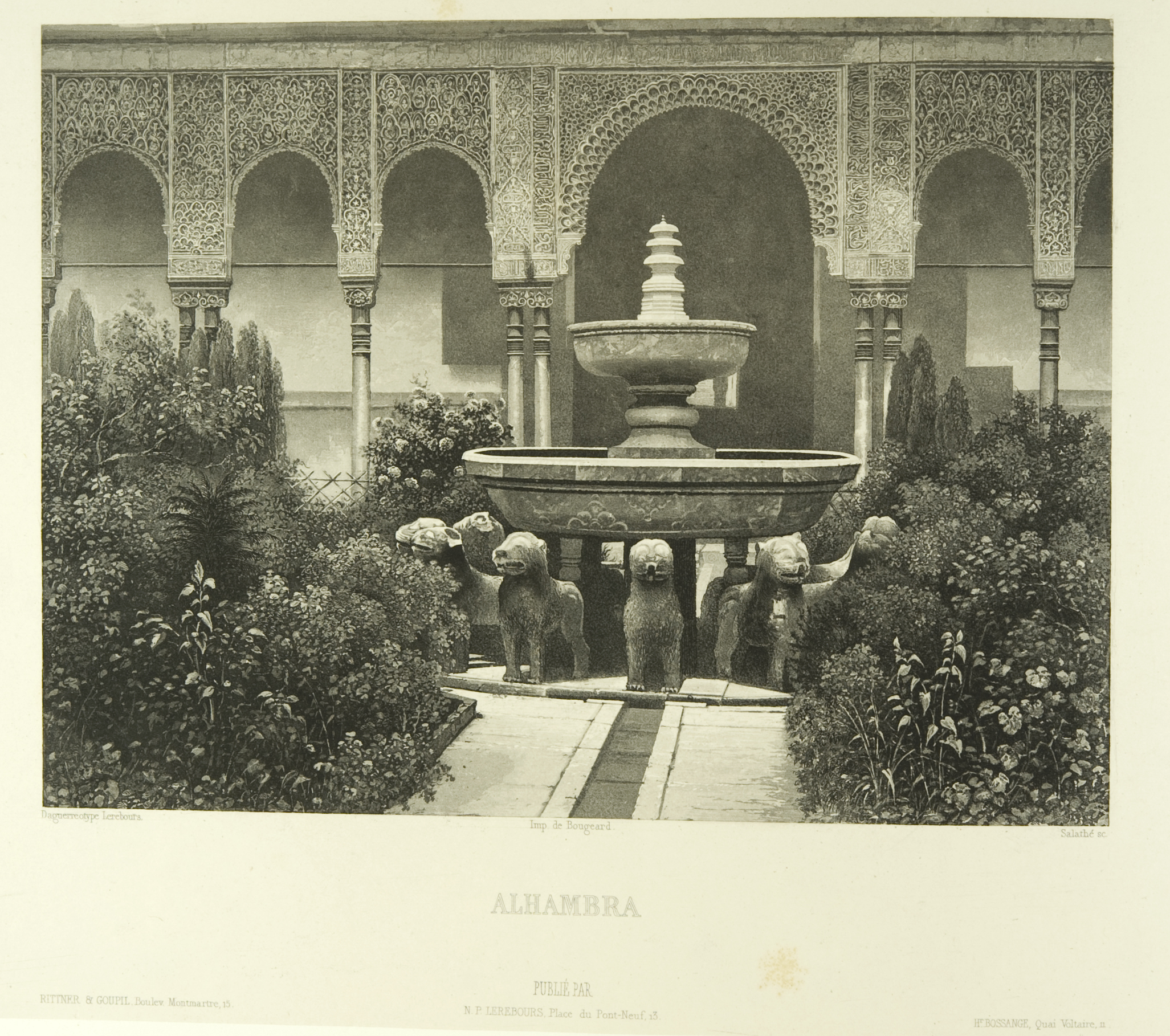
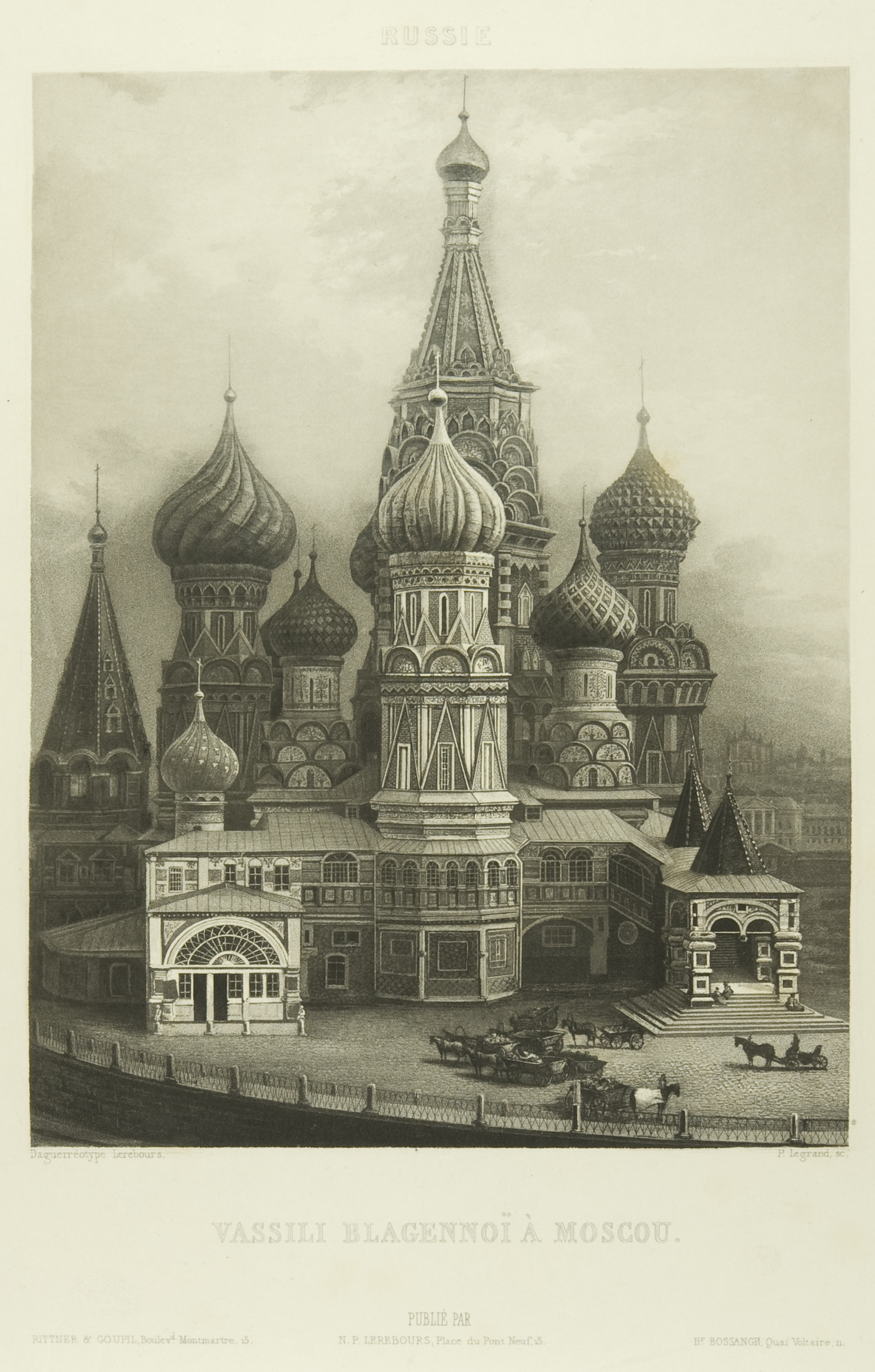
Excursions daguerriennes was originally published in 1840-1841 in a series of 15 parts (“livraisons”) that were issued individually. St Andrews has the 1842 volume which brought together the first half of these engravings which range in subject from Alexandria to London, from Rome to Moscow. This book can now be found in our Photographic Books collection as an early example of the desire to reproduce and publish these new photographic processes.
–DG
Wonderful to see additional illustrations from this rare volume more widely seen. Many thanks for sharing it and adding contextual notes.